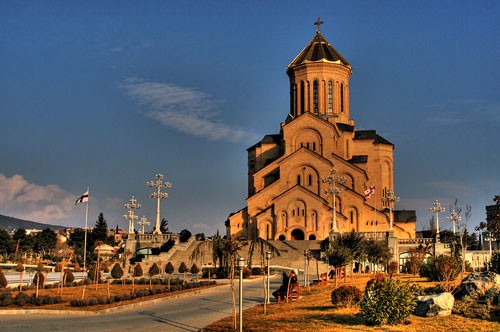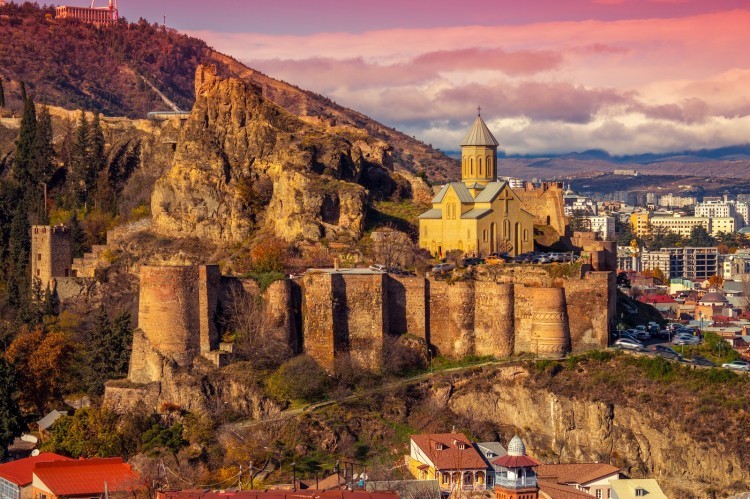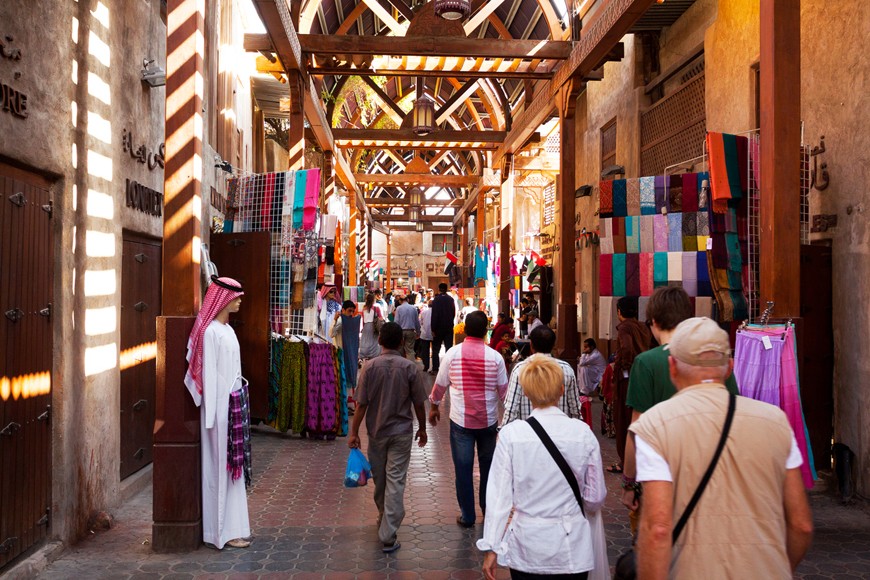Blog Detail
Blog Detail

Topkapi Palace: The Heart and Splendor of the Ottoman Empire
Topkapi Palace: The Heart and Splendor of the Ottoman Empire
Overlooking the Bosphorus in a commanding position, Topkapi Palace is a stunning reflection of the past and served as the residence of Ottoman sultans for more than four centuries. More than just a royal residence, Topkapi was the political, religious, and cultural center of the Ottoman Empire. Today, it stands as one of Istanbul’s most significant historical landmarks, captivating visitors with its beauty and grandeur.
Historical Legacy: The Center of the Ottoman Empire
Topkapi Palace was built between 1460 and 1478, following the conquest of Istanbul by Sultan Mehmed the Conqueror. As the home of Ottoman sultans for over 400 years, the palace was also the center of governance and diplomacy, hosting ambassadors from all over the world. While the sultans moved to Dolmabahce Palace in the mid-19th century, Topkapi’s historical and cultural significance remains intact.
The Aesthetic Beauty of Topkapi Palace
Topkapi Palace is a beautiful blend of Islamic, Byzantine, and Ottoman architecture. The palace’s courtyards and pavilions are a testament to detailed craftsmanship and aesthetic vision. The palace consists of four main courtyards and several magnificent pavilions, each with its own story and charm. From the very first courtyard, the palace draws you into its historical allure.
Kubbealtı: The Center of Imperial Governance
One of the key sections of the palace is the Kubbealtı, where the Ottoman Empire’s most important decisions were made. Here, imperial council meetings were held, and significant state matters were discussed. Walking beneath the dome of Kubbealtı, you can feel the grandeur and authority of Ottoman governance.
The Harem: Mystery and Elegance
One of the most intriguing sections of Topkapi Palace is the Harem, the private quarters of the sultans and their families. The Harem exudes mystery and is richly adorned with beautiful tiles, carved doors, intricately designed windows, and ornate ceilings. Each room and hall reflects the lives of the women who lived there, enveloping visitors in an atmosphere of elegance and sophistication.
The Courtyards and Gardens of the Palace
Topkapi Palace's expansive courtyards and lush gardens highlight Ottoman aesthetics and their love of nature. The First Courtyard serves as the grand entrance to the palace, while the Fourth Courtyard offers breathtaking views of the Marmara Sea and the Bosphorus. Pavilions like the Baghdad Pavilion and Revan Pavilion symbolize Ottoman victories, while the palace’s gardens, filled with flowers and trees, provide a serene escape.
The Chamber of Holy Relics
One of the most spiritually significant sections of the palace is the Chamber of Holy Relics, where sacred relics of the Islamic world are kept. Items such as the Prophet Muhammad’s mantle, sword, and the staff of Moses add a deep spiritual dimension to the palace. Visitors here experience not only a historical journey but also a profound religious atmosphere.
Art and Craftsmanship: The Details of the Palace
The true beauty of Topkapi Palace lies in its details. The palace showcases the finest examples of Ottoman tile art, woodwork, and textile craftsmanship. The famous Topkapi Tiles, with their harmonious blue and white colors, adorn the walls, while gilded ceilings, majestic arches, and intricately carved doors display the rich cultural heritage of the palace.
A Treasure Trove of Culture
Topkapi Palace is not only an architectural masterpiece but also a treasure trove of art, history, and culture. It houses personal items of Ottoman sultans, manuscripts, jewelry, and valuable artifacts. World-renowned treasures like the Spoonmaker’s Diamond and the Topkapi Dagger are part of the palace’s jewel collection, showcasing the wealth and splendor of the Ottoman court.
Topkapi Palace stands as more than just a historical monument; it is a reflection of the power, elegance, and grandeur of the Ottoman Empire. Its architecture and artistic treasures preserve the legacy of a bygone era, offering visitors a captivating journey through history. As one of Istanbul’s most iconic landmarks, this timeless masterpiece continues to honor the Ottoman heritage.





